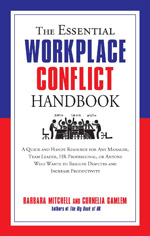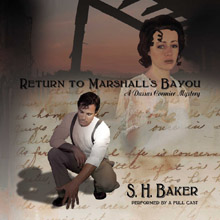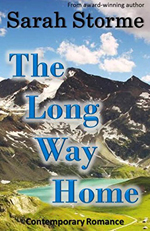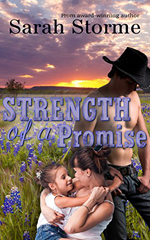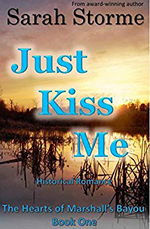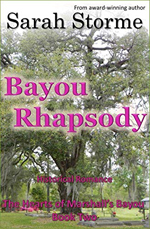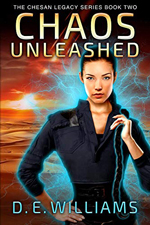Scott Archer Jones is the award-winning author of four published books. His articles, essays, and short fiction can be found in over 40 publications. Scott’s latest release, And Throw Away the Skins (Fomite, 2019), is described by Anne Hillerman as a “hopeful and heartbreaking story of love and scars and fresh starts” told “with graceful prose and a beautiful appreciation for the complication of both place and the human condition.” You’ll find Scott on Facebook and Twitter, and on his website ScottArcherJones.com. Visit his Amazon author page for details on all of his books.
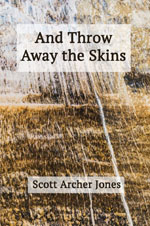 What would you like readers to know about And Throw Away the Skins?
What would you like readers to know about And Throw Away the Skins?
Bec is entangled in a broken marriage, a life-threatening cancer, and a mish-mash of veterans returning from war physically and mentally chewed up. She’s drafted into running a retreat center for veterans—and donating the land for it. Her village is filled with quirky people who all have an opinion on her life and choices. And finally, she is having an affair with a Marine wearing two prosthetic legs and toting a belief that he carries death like a pathogen.
What sparked the initial story idea for the book?
The book began as a short story of a woman living alone in the forest in northern New Mexico—and her stalker. As I played out her psychic fear of rape and, above all, her fear of being alone and vulnerable, I grew to know her. Authors do a lot of work thinking offline. The backstory, in this case Bec’s childhood, became an integral part of her narrative. The short story definitely didn’t work because she needed the long form to hold her eloquence.
Tell us more about your main character, Bec, and why readers will connect with her.
Bec’s story is about the illusion of independence and inner strength. She solves the problems that beset her by isolating herself and tackling them. Instead of this working for her, she is constantly inundated by people who want to intrude and, indeed, rope her into their lives. These folks have their own agendas and humorous flaws. They see her as a fixer, and she’s actually someone just hanging on by her fingertips.
Why did you choose New Mexico as the setting for And Throw Away the Skins? Do you consider the setting a character in the story?
I contrasted Dallas and the Church of a Thousand Pews—the book’s beginning—with northern New Mexico—as a flawed form of sanctuary. I didn’t romanticize the mountains and their poverty, but I hope I portrayed New Mexico as a more authentic life than the rest of the U.S.A. So, yes, New Mexico is embodied as a force and a theme.
What unique challenges did this work pose for you?
This is the first work I’ve written in the point-of-view of a woman. To avoid demeaning her in any way, I made her completely unsentimental. I myself am very sentimental. I purposely made her bad choices very different from mine.
What was the most satisfying part of putting this project together?
Third drafts are great. By then I finally understand the protagonist. My writing circle has explained many painful mistakes to me. The first chapter finally comes together. Theme and motif have sorted themselves out, and I can remove the heavy-handed preaching and drop them into subtext. (Fourth drafts are more tuning and nurturing than the grand leaps of the third.) Holding the first proof copy in my hand is also splendid.
When readers turn the last page, what do you hope they’ll take away from the book?
Humans are inherently survivors, and they can find happiness and small satisfactions out of the most difficult and grinding lives.
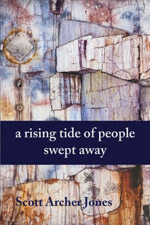 What do many beginning writers misunderstand about telling a story?
What do many beginning writers misunderstand about telling a story?
E.M. Forster said that story was merely chronology, and when we turn it to plot then we give it meaning. Just a list of things that happen doesn’t constitute a fictive work. The author’s job is to interpret story into meaning. Oh, and start as close to the action as you can.
What are the hardest kinds of scenes for you to write?
Scenes that come out of (and feed emotionally on) a trauma from my own life or family are the hardest for me to write. They’re the best, but they are also the work that demands personal honesty.
What typically comes first for you: A character? A scene? A story idea?
I think every author starts each project from a new perspective. I’ve written forty pages of character and then found the beginning of the book and discarded the write-in. I’ve started with a single image ending the story and then written towards it. I’ve scribbled out the opening paragraph and the final scene and then tried to connect them. These all work, and they all keep the writer fresh.
What writing projects are you working on now?
I’m in final draft on a book about an East Los Angeles pawnbroker, and I’m taking a historical novel to workshop in a master class. There is also a novella in second draft called Celestino in Paradise.
 KL Wagoner (writing as Cate Macabe) is the author of This New Mountain: a memoir of AJ Jackson, private investigator, repossessor, and grandmother. Kathy posts to a speculative fiction blog at klwagoner.com and writes about memoir at ThisNewMountain.com.
KL Wagoner (writing as Cate Macabe) is the author of This New Mountain: a memoir of AJ Jackson, private investigator, repossessor, and grandmother. Kathy posts to a speculative fiction blog at klwagoner.com and writes about memoir at ThisNewMountain.com.




